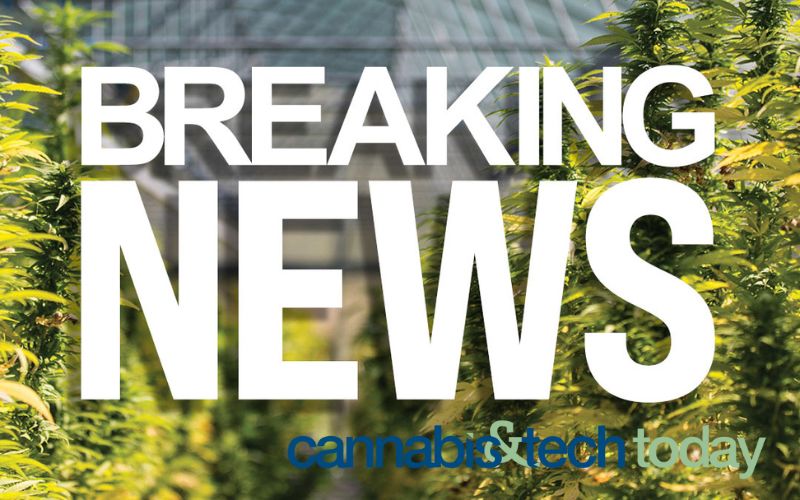


As the agricultural sector faces a projected decline in farm income for 2024, the U.S. House Agriculture Committee has introduced the Economic Loss Assistance Program, which aims to provide $10 billion in economic support to farmers affected by recent hardships. This initiative comes at a critical time when net cash farm income is expected to decrease by 4% compared to the previous year, with crop receipts projected to drop significantly [2683e22c].
Under the Economic Loss Assistance Program, payment rates will be determined based on planted acreage for the 2024 crop year. Farmers can expect payments of approximately $42 per acre for corn, $30 for soybeans, and $87 for cotton, regardless of yield. This uniform payment structure is designed to provide immediate financial relief to farmers struggling with the economic downturn [f8dde540].
The USDA is set to finalize payment decisions, with economic aid expected to commence 90 days after the program's initial passage. However, discussions around potential limitations on payment rates are ongoing, which could impact the overall effectiveness of the assistance [f8dde540].
This new program aligns with the USDA's broader efforts to stabilize the agricultural economy, especially as farmers in regions like South Dakota face severe declines in crop receipts, with corn and soybean revenues projected to drop by 23% and 14%, respectively [2683e22c].
In addition to the Economic Loss Assistance Program, the USDA continues to seek nominees for the American Pecan Promotion Board and is addressing regulatory frameworks for emerging markets such as hemp and cannabinoids [35cfaa88].
As the agricultural community prepares for the economic realities of 2024, the next USDA forecast update is scheduled for February 6, 2025, which will provide further insights into the evolving agricultural landscape [2683e22c].